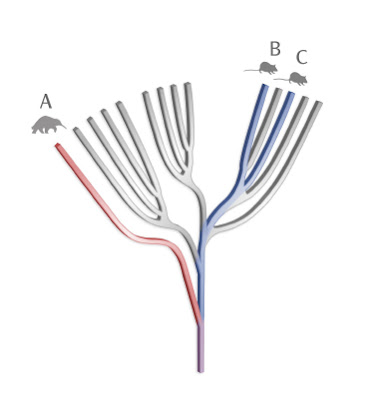Bittern Boom! Another increase in booming male bitterns in 2018
New data released by the RSPB at the end of
September revealed 188 booming male bitterns in the UK in 2018, representing
another successful year for this scarce bird.
The Bittern is a shy and elusive member of
the heron family that is affectionately known by a variety of nicknames,
including bog-bull, bog hen, bitter bum and boom bird. Inhabiting reed bed
habitat, their brown streaky plumage means they blend perfectly into the
background. Its possible to walk straight past a bittern without knowing its
there, and this, coupled with their shy habits, makes this a hard bird to
survey. Thankfully, the male birds become rather conspicuous in spring when
they make a remarkable booming call (i.e. the boom bird) that can be heard up
to five kilometers away. This deep, foghorn-like call is formed when powerful
muscles expel air from the oesophagus. Researchers estimate bittern numbers by
counting the number of booming males within an area.
The streaky brown plumage of bitterns enables them to blend into their reedbed habitat
The population history of the bittern in
the UK is somewhat of a proverbial rollercoaster. Despite being a common
breeding species in the early 1800s, by the 1880s bittern numbers had
dramatically crashed and the species was extinct as a breeding bird in the UK.
Natural recolonisation saw their numbers increase through to the 1950s when
there were roughly 80 booming males, before another decline saw just 11 booming
males in 1997. Since then conservation efforts have seen numbers begin to
increase again.
Efforts to increase bittern numbers involve creating
bittern-friendly habitats and, in particular, bittern friendly reedbeds. Channels
and small pools within reedbeds form the favoured hunting grounds for bitterns,
where they walk stealthily or wait patiently for small fish and other prey.
Designing reedbeds to incorporate plenty of these features ensures ample
hunting grounds. Additionally, reserve waterways have been stocked with eels, a
favourite food of the bittern. RSPB Old Moor is one fantastic example where
reserve design has facilitated bittern nesting. Situated near Barnsley, this
reserve now flourishes on an area of former wasteland that was known locally as
‘Hell’s Kitchen’ due to the regular fires that would break out there. Careful
reedbed design and eel stocking means that 2-3 bittern pairs now nest at this
site each year, not bad for a reserve that only opened 20 years ago.
Similar efforts across many reserves have
seen bittern numbers steadily increase since the late-1990s from 11 booming males in 1997 to 166 in 2017 and
then to 188 in 2018. Additionally, booming males are now being recorded at a greater number of sites than they were 20 years ago. While only a subset of sites are monitored for nesting activity, 2018 saw 79 nests where female bitterns were
feeding young across 37 sites.
The increase in booming males (red) and sites with booming males (blue) since the 1990s. Data source: RSPB
The past 20 or so years can be tentatively
viewed as a conservation success story for bitterns in the UK and as a fine
example of what can be achieved through studying a species and implementing a habitat
management program to assist in its recovery. Only the future will tell if the
current increase is another temporary peak within the historical rollercoaster
of the UK bittern population. But, through continued habitat management, there’s
real hope that bittern numbers will continue to increase and that the boom of
the bittern will once again be heard in all corners of the UK.





Comments
Post a Comment